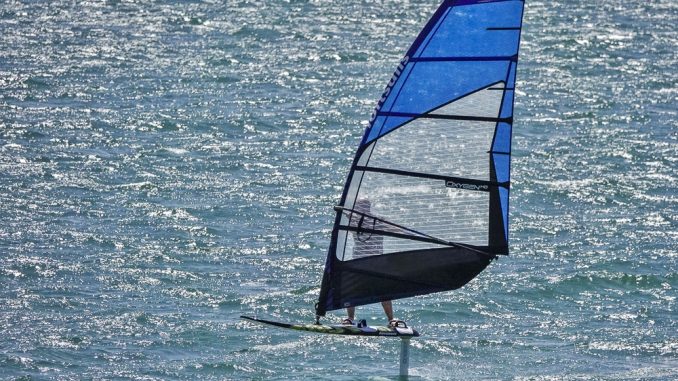
Words: Windsurfing UK
Pics: Windsurfing UK, James Jagger
With windfoiling still garnering much attention, and more sailors taking it up, there are a few myths permeating that aren’t strictly correct. Read on to find out what these are.
You need some wind!
It’s easy to hit up social media channels, websites and media outlets when researching windfoiling and be confronted by riders flying in barely any wind. Reports, images and vids of sailors foiling in 8 knots (or even less) are commonplace. It’s easy to get sucked into believing this is possible for everyone. And whilst it’s certainly true: you can in theory be foiling in super light airs, there are a few things to consider.
Firstly the sailors in question have probably been foiling for a while and have considerable experience. Secondly the gear they’re on is most likely optimised for specific light wind foiling. And lastly the location they’re flying at is probably ideally suited to the discipline.
For most, however, the sub-10 knots foiling barrier is elusive. It’s actually quite technical to foil in this wind band (although in time you may get there). Far easier is the 12-15 knot bracket. So the upshot is you definitely need some breeze. And when learning it’s actually more efficient this way.
Smaller sails work in less wind
As with the above point foiling with ‘smaller sails in less wind’ should also be taken with a pinch of salt – at least initially. Again, it’s certainly plausible to take out a 5.3m (for instance) and be flying in 10-12 knots. There are, however, a few things to consider if this is your criteria for getting involved with windfoiling.
There are (generally) two types of foil wings available. Low aspect and high aspect. It’s the lower aspect (wider/thicker) foil wings which work better in lighter breeze with smaller sails. Higher aspect foils need a touch more power and don’t do the job quite as well, although the latter is generally quicker.
It’s also important to understand that even with the right kit you’ll need to spend some time developing your technique. With perseverance you could be riding small sails in light winds but fundamentals will have needed to be nailed down first. You’ll also need to consider the conditions you’ll be potentially foiling in. For super early take offs and low breeze flights ideally sailors want consistency between gusts (i.e. no big holes or lulls – sea breezes are ideal if you’re located at the coast) and flat water. Chop impedes forward momentum and therefore halts early take offs.
Shorter foil masts are easier
While there’s no doubt a shorter foil mast is better for confidence building during initial forays the longer mast is actually more efficient. Over foiling can occur at any time. Essentially the foil lifts so much that the front wing (sometimes both front and stab) pop out of the water and/or cavitate resulting instant loss of power and big nose dive crash.
Longer masts give much more room for error, and are actually easier to control, removing a large chunk of over foiling catapults. Even more if you’re learning on choppy waters you’ll have more clearance of swells. Of course this is a head thing for many sailors. We totally understand that building confidence is key but the quicker you can get on a longer mast the better.
It takes time to get REALLY comfortable
Most competent windsurfers will be up and foiling in a relatively short space of time. With the crop of kit currently available, which is far cry from what was available 12 months ago, it’s never been easier. Foils are more controlled and user friendly whilst boards – particularly foil specific types – make the learning process so much more fun. For sure you can still plug a foil into an older board but that mightn’t be as efficient as learning aboard something better suited (we appreciate this may be costly though).
As much as you’ll be flying quickly it then takes considerably longer to get super comfortable. Unless you live and/or foil in an idyllic location for the sport then riders will be dealing ever changing conditions that can affect sessions no end. Dealing with chop, swell, tide, gusty winds, differing wind directions and so makes windfoiling challenging. And then there’s the small matter of learning to go round corners…
Windfoiling isn’t as lethal as it’s been made out to be
There’s been a lot made about foils being lethal weapons if used inappropriately and inconsiderately. This is certainly the case. An out of control foiler in close proximately to others is potentially catastrophic. Also, from an individual’s point of view, not abiding by the golden rule of ‘DON’T LET GO OF THE BOOM’ is potential harmful personally.
In reality though windfoiling, when conducted away from others, isn’t that lethal. Of course due care and attention needs to be paid. Helmets and impact vests are a good idea for those first forays and you need to keep in mind there’s a big dangly guillotine hanging out the back of your board. As long as you’re sensible there shouldn’t be too many issues.
Not all foils work on all boards
Even with plenty of foil ready boards being available it should be made clear that just because it says ‘foil ready’ or ‘foil specific’ on a particular sled doesn’t mean the foil you have will be a good fit. Foil ready boards have been designed as windsurfers first and foremost so may have footsrrap positions, mast tracks and fin boxes out of kilter with the foil you’re wanting to fit. After all, foils, just as with boards, have differing dimensions.
And foil specific boards will have been built with a particular foil in mind. Again, just as with the above, the foil you’re looking to use with that new spangly foil specific board may not be optimised. If in doubt check with the brand in question or retailer as they should be able to give guidance.
Some foils are optimised for certain wind strengths
Something else to consider is the wind strength you’re planning on windfoiling in. The interwebs is flooded with foilers flying in everything from strong winds to light airs. As such some brands are now putting out gear optimised for either ends of the wind spectrum.
It’s no good wanting to use your equipment in stronger blows if it’s been designed with fairer weather in mind. Chances are it’ll deliver a horrible experience with the smaller rig and could put you off. Again, check with the brand and/or retailer and do some research. If you can get to a demo and try the kit before parting with readies all the better.
As with everything there are no hard and fast rules with windfoiling. The above observations are based on our experiences of windfoiling. We’re pretty sure there’ll be more factors to consider moving forwards depending on your own individual criteria.

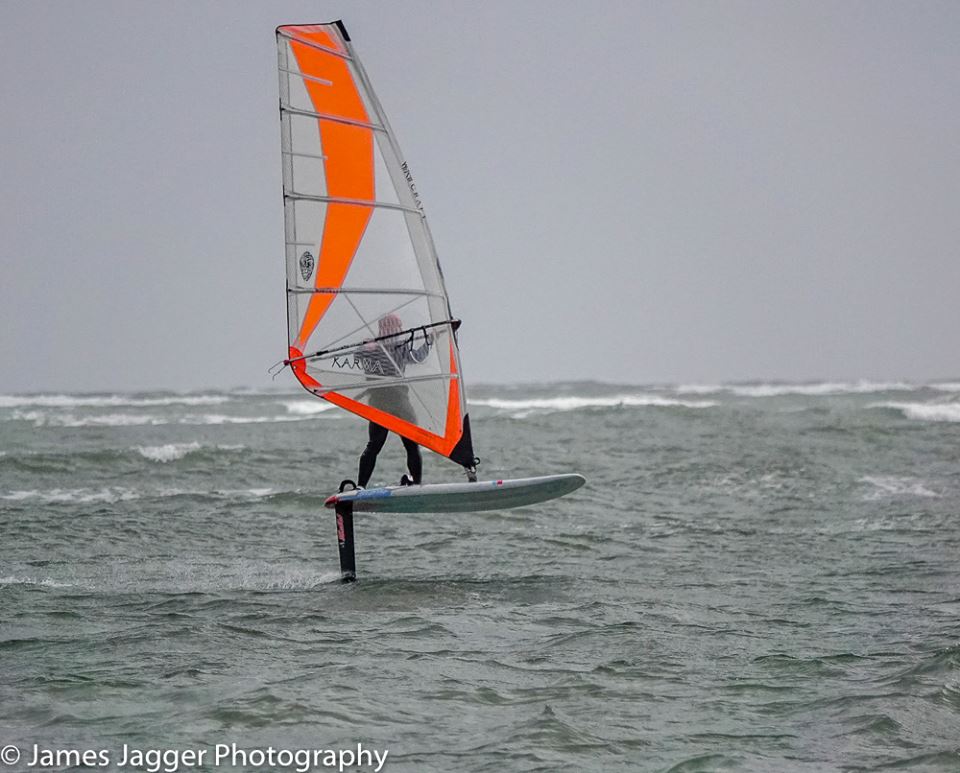
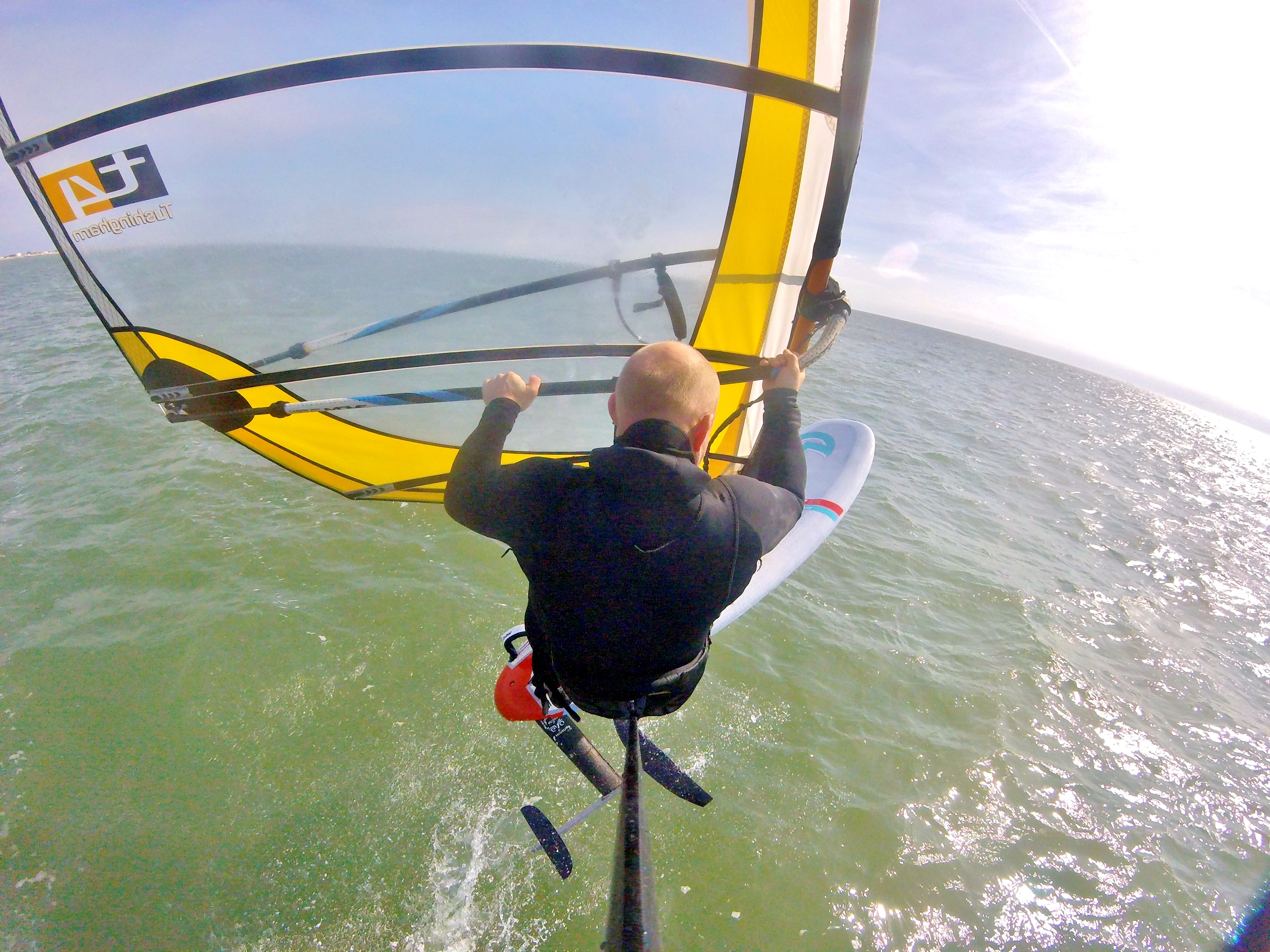
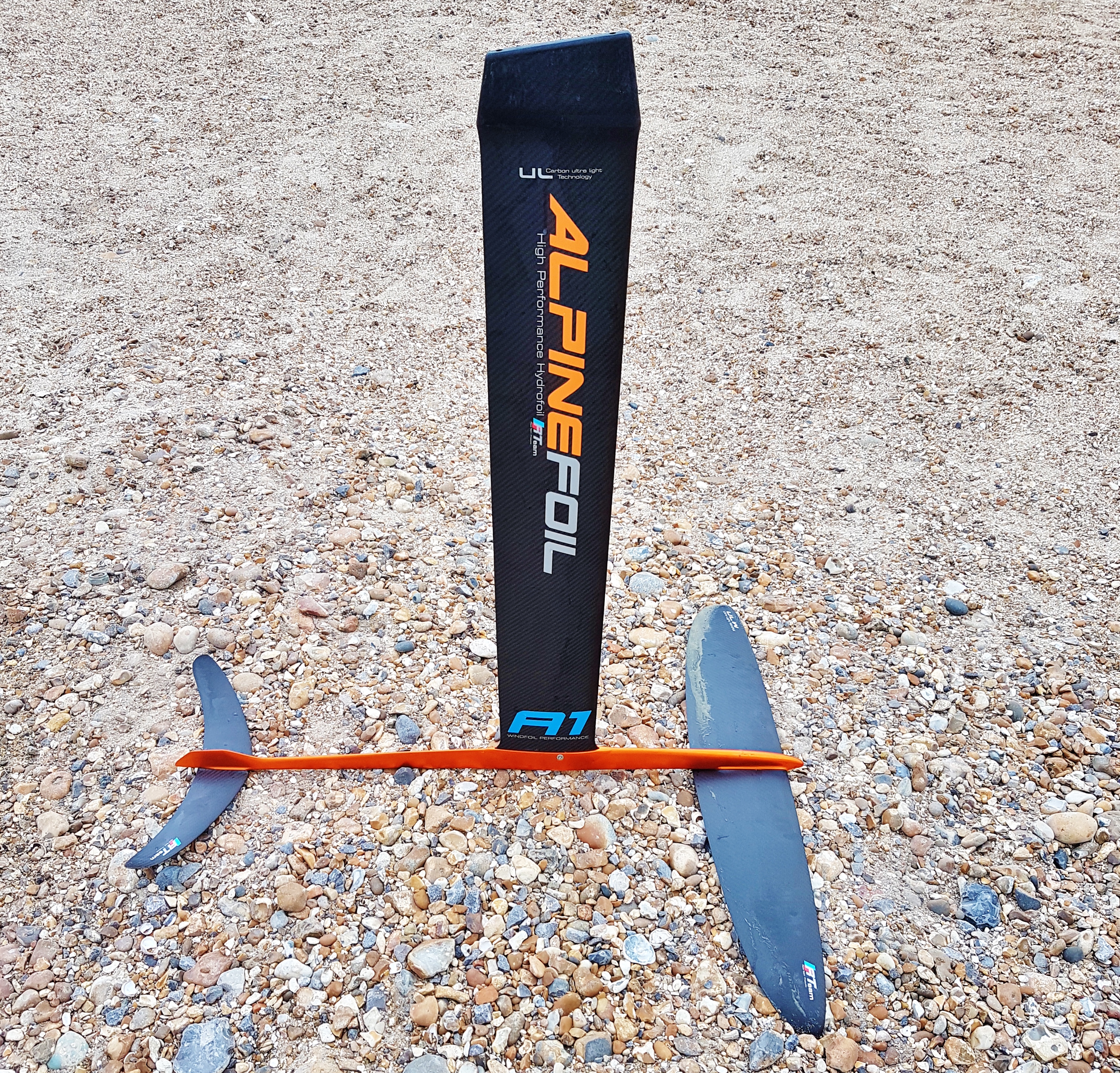

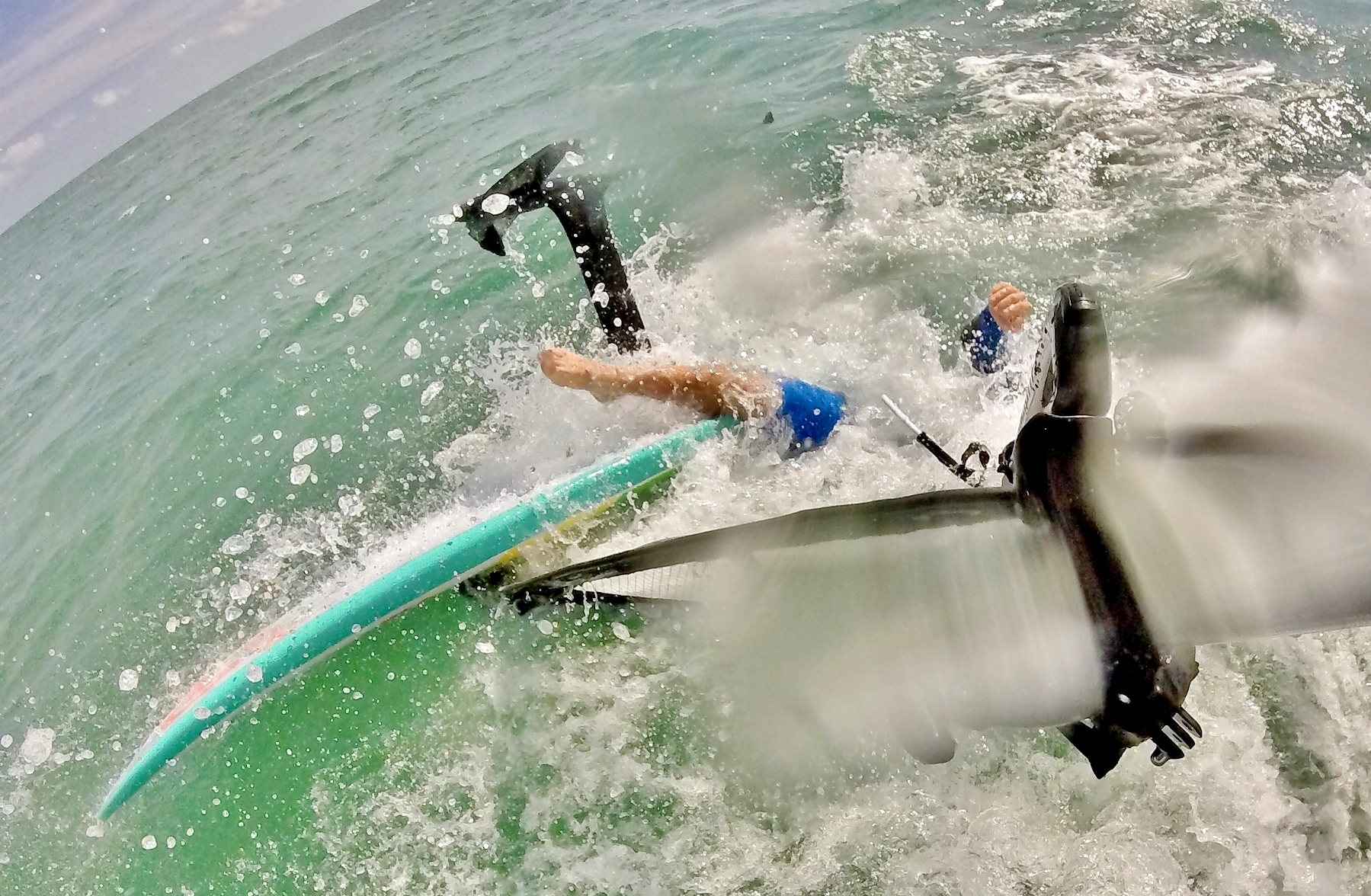
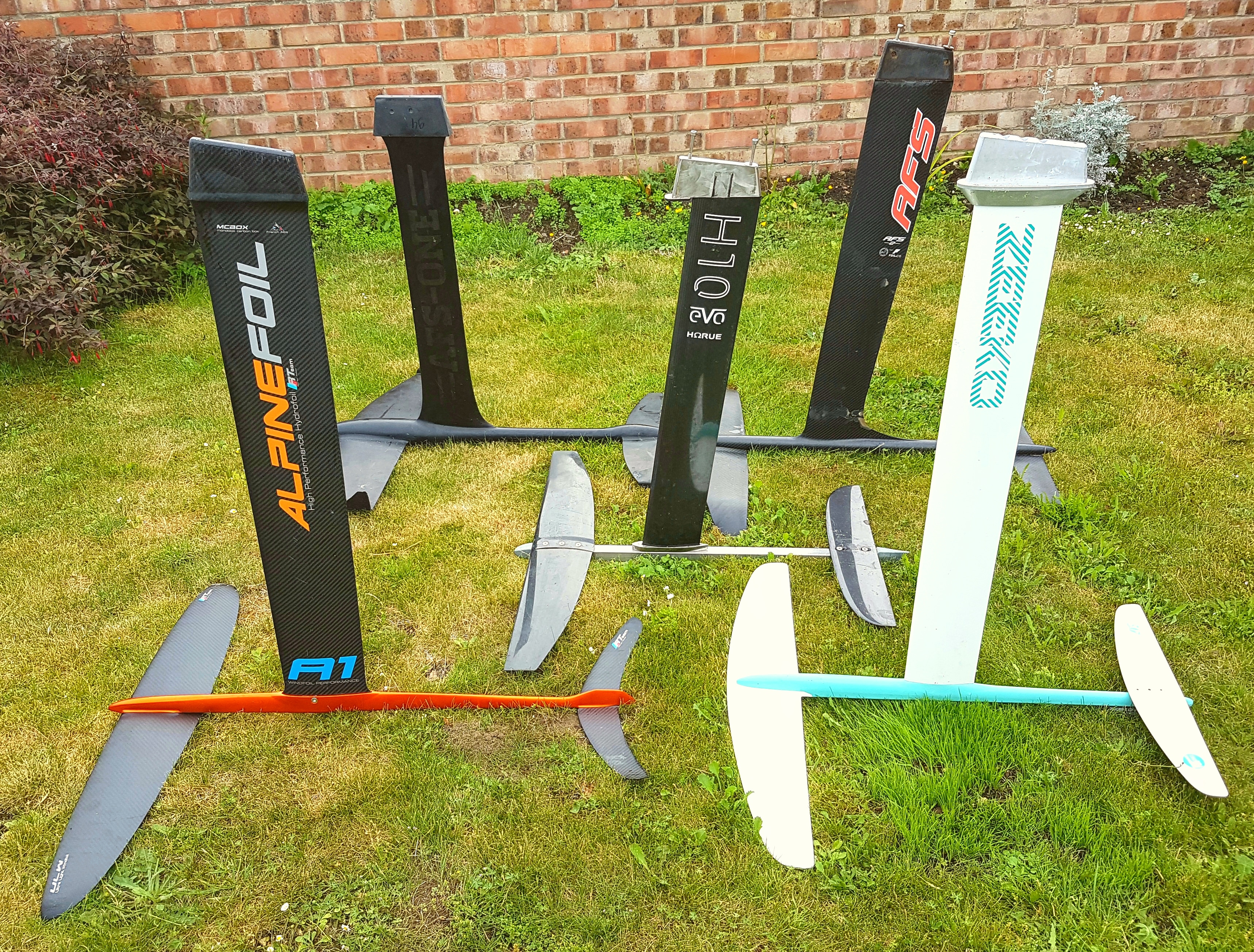
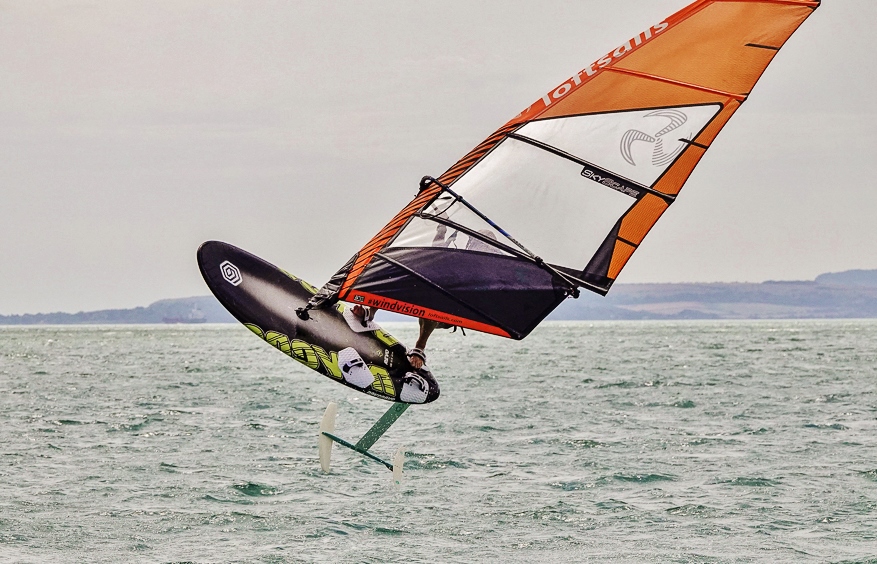
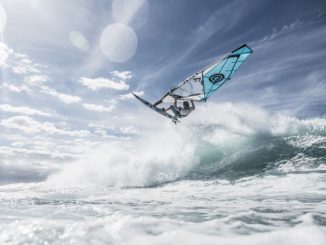
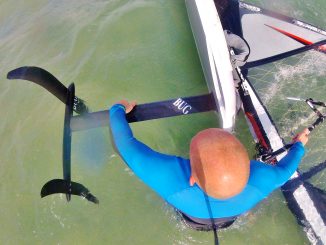
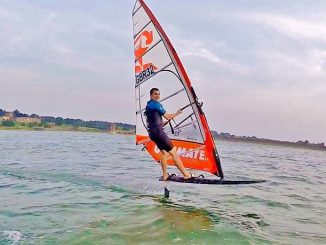
Leave a Reply